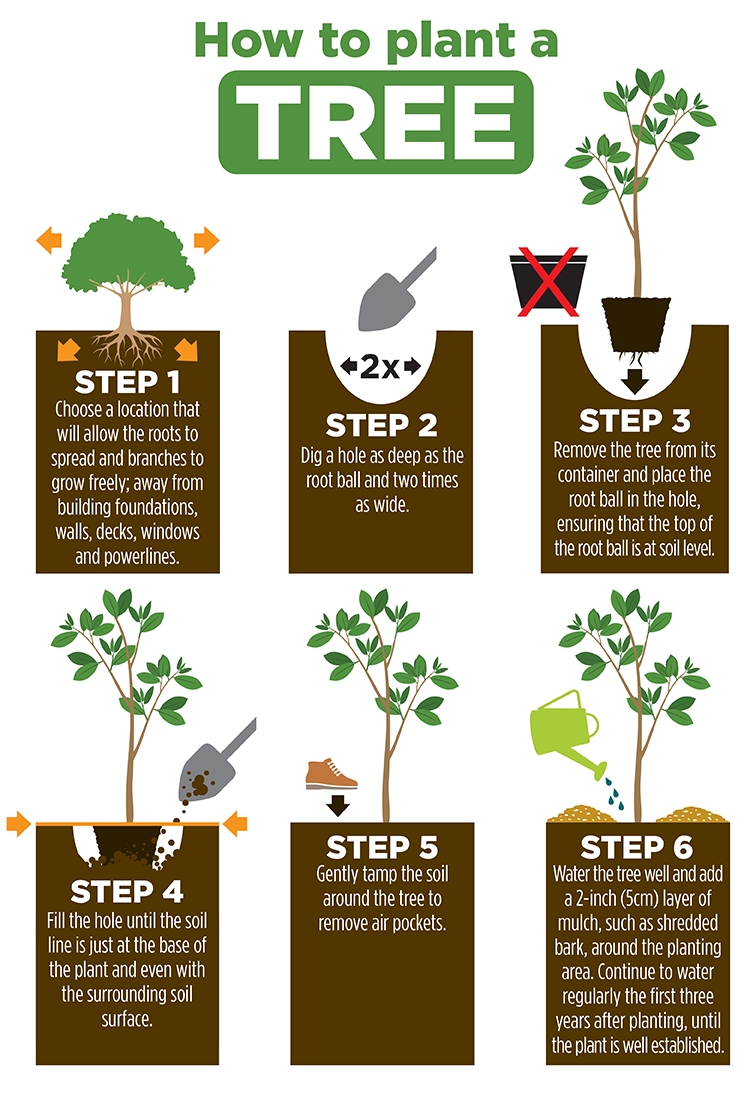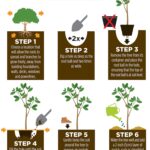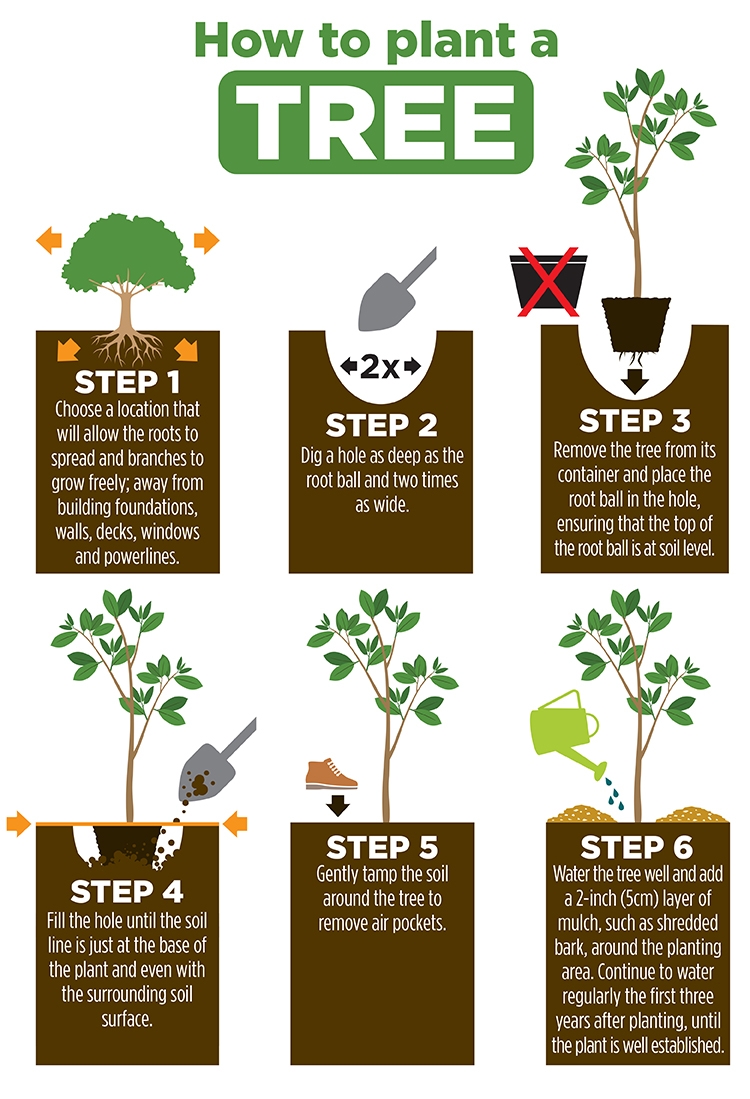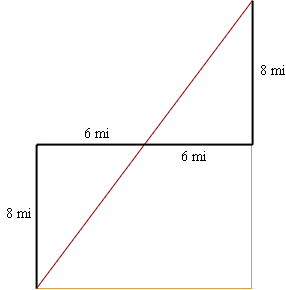Embarking on a journey to create a Three Sisters Garden is not only an adventure in gardening but a homage to ancient wisdom. This method of planting, steeped in Native American agriculture, is a testament to sustainable practices and the power of companion planting. Let’s explore the intricate dance of corn, beans, and squash and how they can coexist to create a bountiful and eco-friendly garden.
Understanding the roles of these plants and their interactions is crucial. As they grow together, they support each other in unique ways, forming a system that is greater than the sum of its parts. By delving into the Three Sisters Garden, we not only grow food but also cultivate a deeper connection to our environment and its history.
What Are the Three Sisters Plants?
The term “Three Sisters” refers to the trio of corn (maize), beans, and squash, which are planted together in a symbiotic relationship. Corn provides a natural trellis for beans to climb, beans supply nitrogen to the soil that benefits all three plants, and squash spreads over the ground, blocking sunlight to deter weeds and preserve soil moisture.
Incorporating these plants into your garden is a nod to sustainable gardening methods and a practice of biodiversity. They are not just crops; they represent a centuries-old technique of companion planting that embodies the spirit of cooperation and environmental harmony.
The historical significance of the Three Sisters extends beyond their complementary growth patterns. They were staple crops of Native American agriculture, crucial for survival and revered for their nutritional value. Today, they continue to be a powerful example of traditional agricultural practices adapted to modern gardens.
How To Grow A Three Sisters Garden Successfully?
Growing a Three Sisters garden involves more than just planting seeds; it requires an understanding of the relationships between these plants. Start by preparing soil rich in organic matter, and ensure that your garden has adequate sunlight and is well-drained.
The key to a successful Three Sisters garden is timing. Plant the corn first, when the danger of frost has passed and the soil is warm. Once the corn stalks are about 5 inches tall, plant the beans and squash. The beans will use the corn stalks as support, and the squash will spread around the base, creating a living mulch.
Throughout the season, it’s essential to maintain the garden by watering, thinning the squash to prevent overcrowding, and keeping an eye out for pests. This holistic approach to gardening is not just about the yield but also about preserving the health of the ecosystem.
When Is the Best Time To Plant The Three Sisters?
The optimal time for planting a Three Sisters garden is after the last frost when the soil has warmed. This is typically in the late spring or early summer, depending on your climate zone.
It’s important to monitor soil temperature and weather forecasts to choose the right time for planting. The success of these crops is heavily dependent on temperature, with corn and squash requiring warm soil for germination and growth.
Maintaining awareness of the growing season and expected weather patterns will help ensure that your Three Sisters garden thrives, providing a bountiful harvest and a beautiful display of inter-plant cooperation.
What Varieties Should You Include In A Three Sisters Garden?
Choosing the right varieties for a Three Sisters garden is crucial. For corn, consider sturdy stalks like flint or dent corn varieties. Pole beans are preferred for their climbing abilities, and vining squash with broad leaves is ideal to shade the soil.
Experiment with different heirloom varieties or those adapted to your local climate for the best results. The goal is to select plants that will compliment each other’s growth habits and create a harmonious ecosystem in your garden.
Remember, the Three Sisters garden is adaptable. If your space is limited or your climate differs from the traditional growing regions, seek out varieties that will accommodate these constraints while still maintaining the essence of the Three Sisters relationship.
How To Plan A Three Sisters Garden Layout?
Proper planning is essential when designing a Three Sisters garden layout. Begin by creating a plan that allows ample space for each sister to flourish. Traditional layouts involve planting corn in mounds or rows with spacing that accommodates the other two plants.
- Start by creating mounds of soil spaced 4-5 feet apart.
- Plant 4-6 corn seeds in each mound and wait for them to grow to the proper height before introducing beans and squash.
- Once the corn is established, plant the beans around the corn, allowing them to use the stalks as support.
- Plant squash seeds around the perimeter of the mound, giving them room to spread out without crowding the corn and beans.
This layout not only facilitates the growth of each plant but also encourages the natural benefits of companion planting, such as pest control and improved soil fertility.
What Are The Benefits Of Companion Planting With The Three Sisters?
Companion planting with the Three Sisters comes with an array of benefits. It is a cornerstone of traditional agricultural practices that support biodiversity and soil health. The natural interactions between these plants create a harmonious ecosystem that deters pests, enhances soil nutrients, and improves crop yield. Additionally, the diversity of plant life encourages beneficial insects and promotes a balanced garden environment.
The Three Sisters garden benefits also include educational value. It serves as a living classroom, teaching the principles of interdependence and cooperation in nature. Gardeners of all ages can learn about sustainability and the importance of respecting our natural resources.
Understanding and implementing companion planting techniques like the Three Sisters can lead to a healthier, more productive garden and a deeper appreciation for the wisdom of our ancestors.
Related Questions on How To Plant a Three Sisters Garden
What Do You Plant First In a Three Sisters Garden?
The first step in planting a Three Sisters garden is to sow the corn seeds. Corn needs to establish itself first, as it provides the necessary support for the beans that will follow.
Once the corn stalks are tall enough, usually around 5 inches, it’s time to plant the beans. This sequence ensures that the corn is strong enough to support the climbing beans, which will soon begin their ascent.
What Flowers Can You Plant with Three Sisters?
Adding flowers to a Three Sisters garden can increase its biodiversity and attract pollinators. Consider planting flowering plants like marigolds, nasturtiums, or bee balm, which can deter pests and add beauty to your garden layout.
Choose flowers that complement the growth of the Three Sisters without competing for resources. This will enhance the overall health and productivity of your garden.
What Is The 3 Sisters Bed Layout?
The traditional 3 Sisters bed layout involves planting corn, beans, and squash in a specific arrangement that maximizes their symbiotic relationships. Corn is planted in the center to act as a support for beans, which are sown around the corn. Squash is planted at the edges, where its leaves cover the ground and deter weeds.
For a visual representation of the Three Sisters layout, watch this informative video that demonstrates the process step-by-step.
How Much Space Do You Need To Grow the Three Sisters?
To grow a Three Sisters garden, you’ll need enough space for each plant to thrive without competing for light, water, or nutrients. A standard recommendation is to have at least 10×10 feet of garden space.
However, the layout can be adjusted for smaller gardens by reducing the number of plants or by creatively using vertical space. The adaptability of the Three Sisters garden makes it suitable for various garden sizes and settings.





